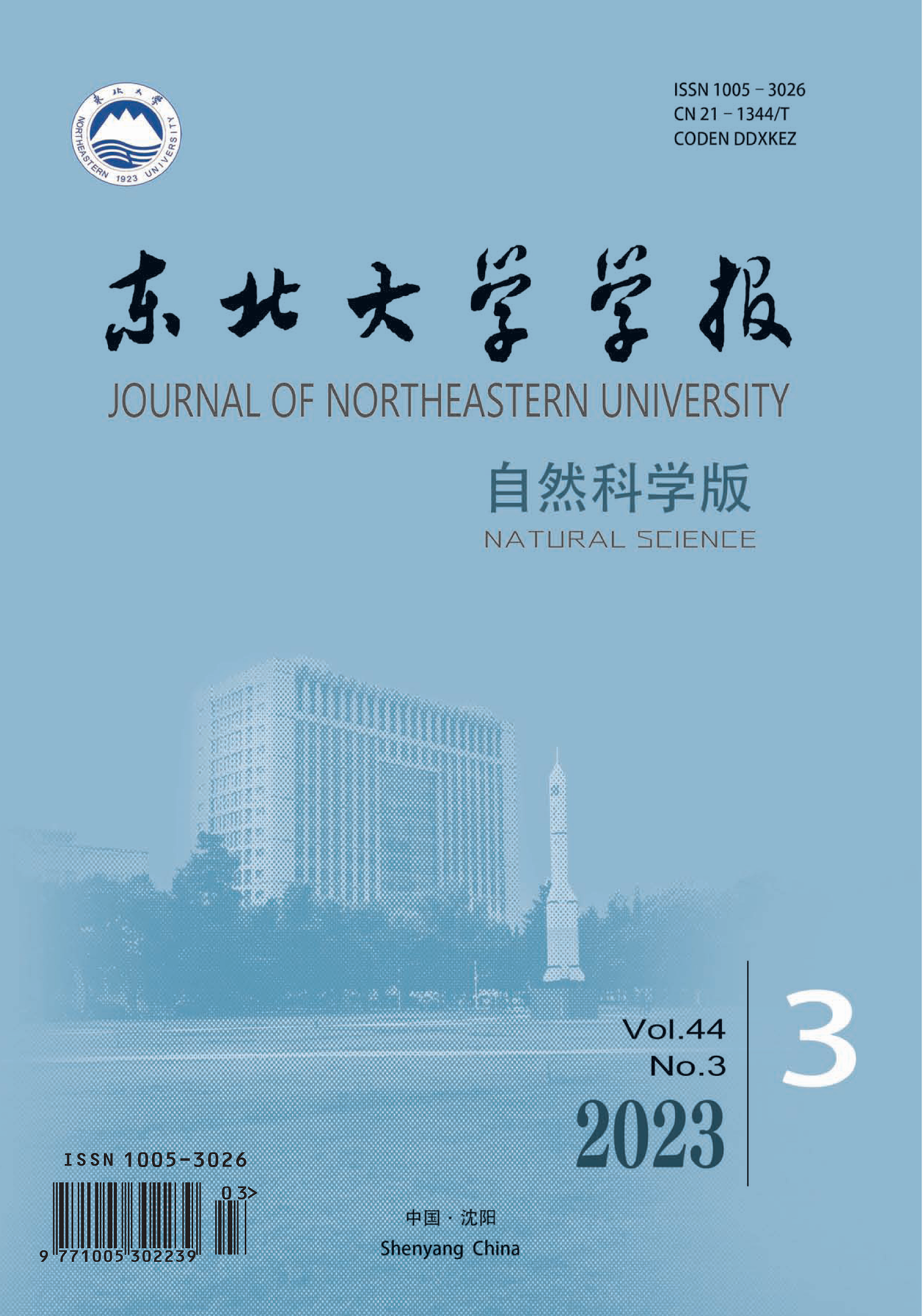|
|
Optimization of caving space for different angles of end-wall during pillarless sublevel caving
Xu, Shuai (1); An, Long (1); Li, Yuan-Hui (1); Dai, Xing-Hang (1)
2012, 33 (1):
120-123.
DOI: -
Based on the principle for optimizing the caving space, the optimal index in line with "the maximum difference between the recovery ratio and dilution ratio" was determined, and the shape of ore-rock mass drawn down with these structural parameters was measured using side drawing approach. According to the shape parameters of ore-rock mass drawn down, together with the analogy method among similar mines and the empirical method, it was determined that the optimal caving spaces range from 3.6 m to 4.8 m. Besides, it was suggested that the end-wall leaning forward may be helpful in decreasing the dilution ratio and reducing the mixed waste rock. In accordance with the practice of foreign operating mines, the similar experiments of drawing space under the similarity ratio of 1:50 were conducted, and it was determined that the optimal drawing spaces are 3.6, 4.0, 4.4 and 4.8 m at the end-wall angles of 80°, 85°, 90°, respectively. The experimental results indicate that the optimal caving space for Meishan Mine is 4.4 m and the end-wall angle is 90° when the structural parameters are 18 m×20 m.
References |
Related Articles |
Metrics
|

